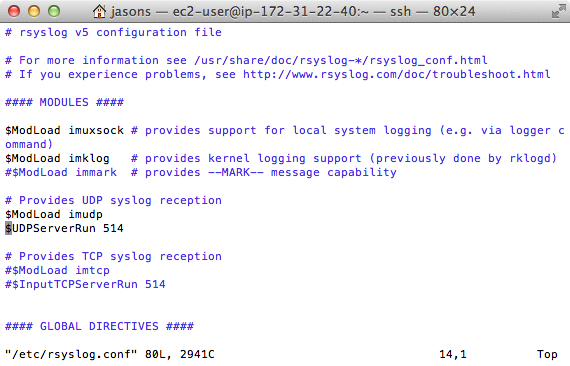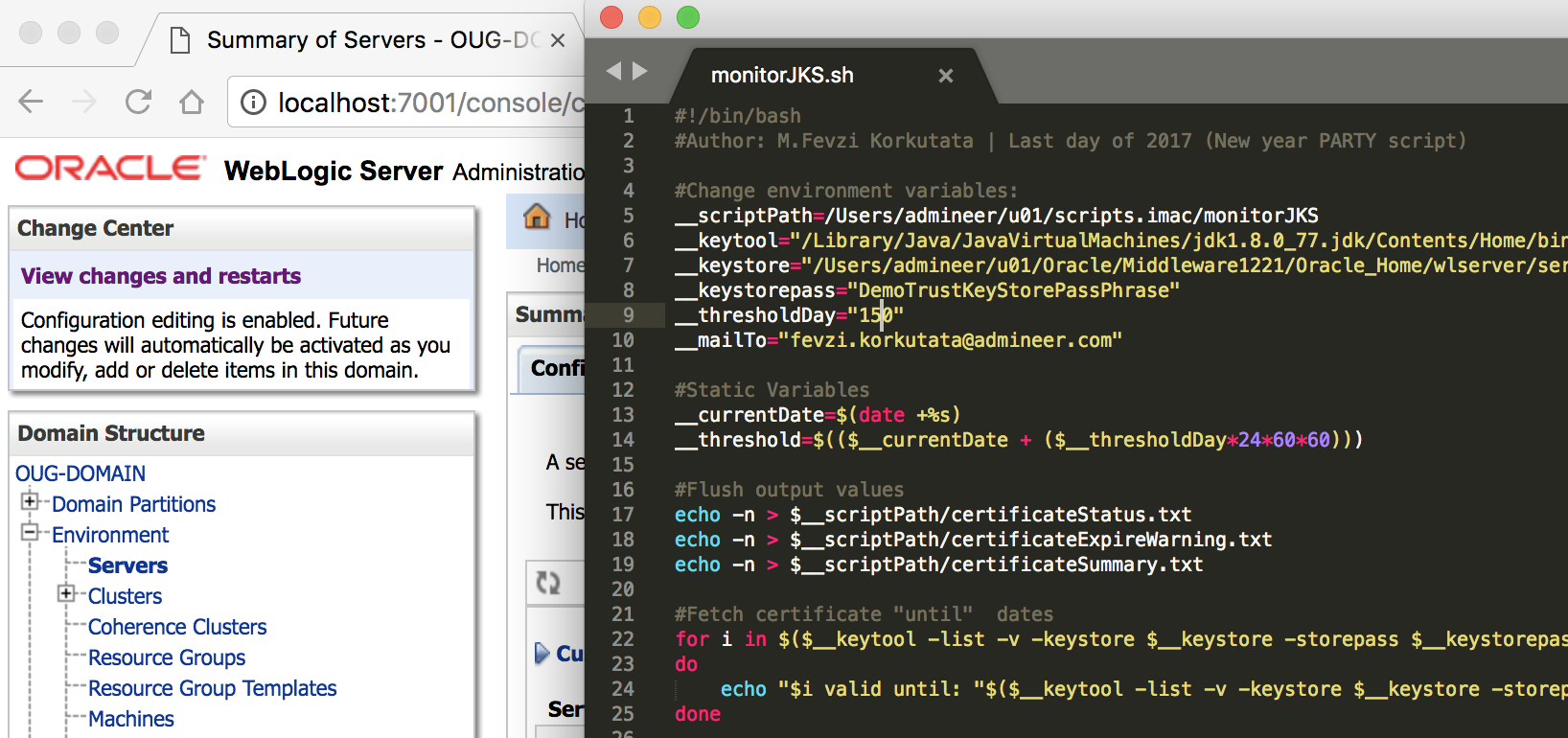
#Java file monitor example full
This time around, we got a full filesystem access trace of javac. Read: /home/user/TraceSecurityManager.class Read: /home/user/com/sun/tools/javac/resources/ct_en_US.properties Read: /home/user/com/sun/tools/javac/resources/ct_en.properties Read: /home/user/com/sun/tools/javac/resources/spi/ctProvider.class The Watch Service API is fairly simple to use, and relieves programmers from using third party libraries for files change monitoring. Read: /home/user/META-INF/services/.FileSystemProvider Java 7 adds a new feature for its NIO package called Watch Service API which allows applications monitoring directories and files for change events such as creation, deletion and modification. While no knowledge of YAML is necessary to edit the file, be careful to maintain the proper indentation. Read: /usr/lib/jvm/java-11-openjdk-11.0.10.0.9-1.el7_9.x86_64/lib/jfxrt.jar This document contains a templated version of the newrelic.yml file that the Java agent reads for configuration.

We also need WindowBuilder tool to be installed on Eclipse IDE for the easiness of the work. 2.1 Setup Prerequisite: This example is developed on Eclipse therefore a compatible Eclipse IDE is required to be installed on the system.
#Java file monitor example how to
Read: /usr/lib/jvm/java-11-openjdk-11.0.10.0.9-1.el7_9.x86_64/lib/modules In this example we will learn how to create a GUI using eclipse in JAVA. $ java =test.policy =TraceSecurityManager .Main Test.java In this case, I chose the minimal policy: You use Java Virtual Machine (JVM) monitoring tools and commands to monitor and manage Java applications and the JVM. The reason is that if a method does not require mutual exclusion, there is no need to monitor or collaborate between threads, every thread can access that method freely. To work around that, you can either provide a minimal custom policy or you can override the checkPermission method with an empty implementation. The relevant monitor in the CCMS displays, for example, whether errors and. The reason is that, with the installation of the security manager via the system property, the default Java security policy is active and does not grant the required permission. You can monitor the log files of the J2EE Engine in the CCMS alert monitor. However, javac fails because permissions are missing. Sysdig technology, both in its open source and commercial versions can easily monitor the JRE. Read: /home/user/com/sun/tools/javac/resources/compiler_en_US.propertiesĮxception in thread "main" : access denied ("" "getenv.JDK_JAVAC_OPTIONS")Īt java.base/(AccessControlContext.java:472)Īt java.base/(AccessController.java:897)Īt java.base/(SecurityManager.java:322)Īt java.base/(System.java:999)Īt jdk.compiler/.(CommandLine.java:252)Īt jdk.compiler/.(CommandLine.java:99)Īt jdk.compiler/.(CommandLine.java:123)Īt jdk.compiler/.(Main.java:215)Īt jdk.compiler/.(Main.java:170)Īt jdk.compiler/.pile(Main.java:57)Īt jdk.compiler/.Main.main(Main.java:43) The Java Runtime Environment is the most fundamental source of information for monitoring Java understanding the basic memory data structures and thread behavior is key to track-down non trivial exceptions.

Read: /home/user/com/sun/tools/javac/resources/compiler_en.properties Read: /home/user/com/sun/tools/javac/resources/spi/compilerProvider.class $ java =TraceSecurityManager .Main Test.java


 0 kommentar(er)
0 kommentar(er)
